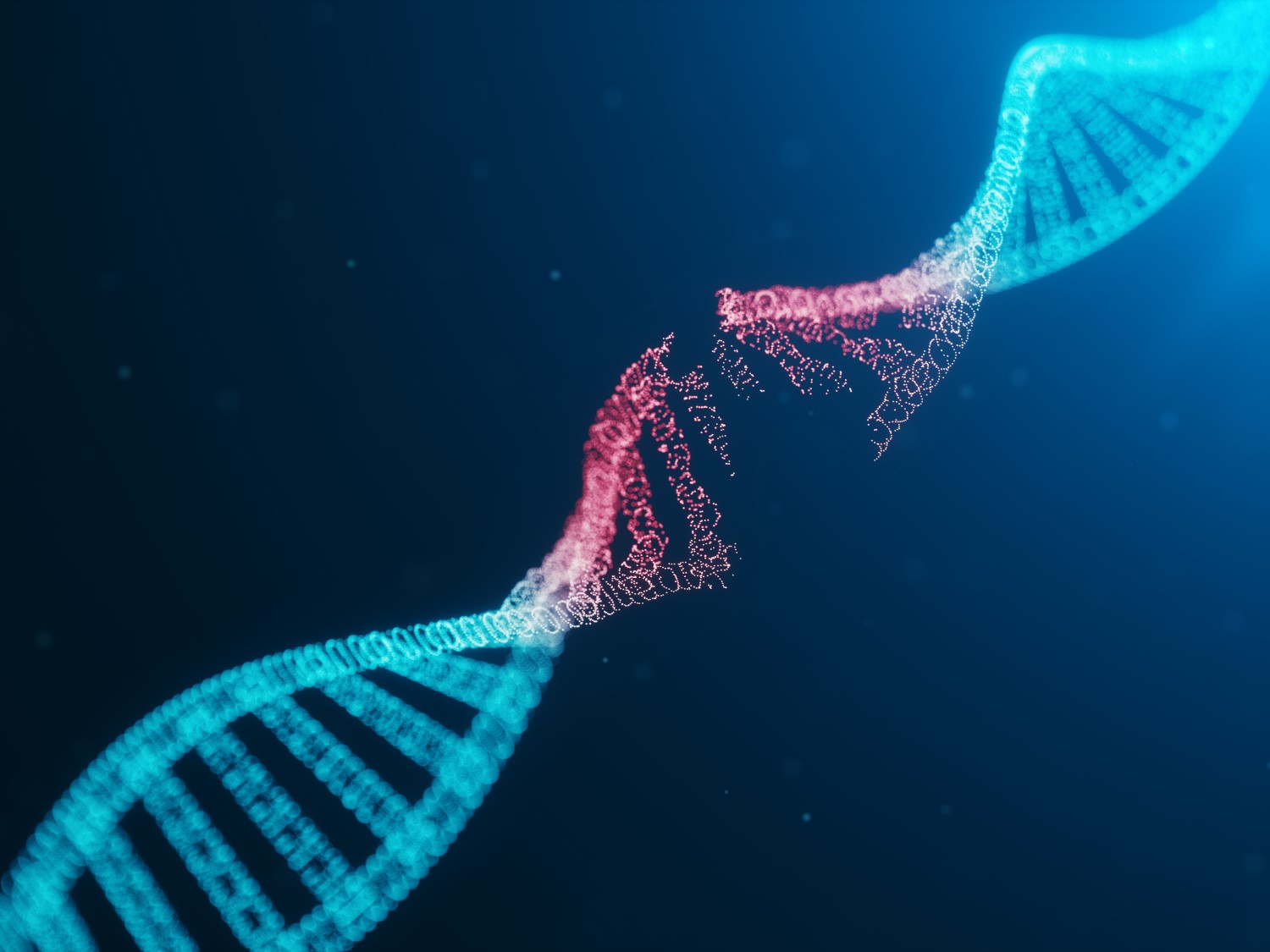
Beam Therapeutics Announces Positive Data in Trial Demonstrating First Ever Clinical Genetic Correction of a Disease-causing Mutation
On Mar. 10, 2025, Beam Therapeutics announced initial safety and efficacy data from its Phase 1/2 trial of BEAM-302, establishing clinical proof-of-concept as a potential treatment for alpha-1 antitrypsin deficiency (AATD) and for in vivo base editing.
Preliminary results from the first three single-ascending dose cohorts demonstrated that BEAM-302 was well tolerated, with single doses of BEAM-302 leading to durable dose-dependent correction of the disease-causing mutation.
AATD is an inherited genetic disorder that affects the lungs and/or liver, leading to early onset emphysema and liver disease, and for which there are no currently approved curative treatments.
BEAM-302 is a liver-targeting lipid-nanoparticle (LNP) formulation of a guide RNA and an mRNA encoding a base editor designed to correct the disease-causing PiZ mutation. Patients homozygous for this mutation, known as the PiZZ genotype, have very low circulating levels of functional alpha-1 antitrypsin (AAT) protein, all of which is the mutant form, known as Z-AAT, which accumulates and causes liver toxicity.
By correcting the PiZ mutation at the DNA level, BEAM-302 has the potential to be a one-time therapy that simultaneously reduces the amount of Z-AAT in circulation, generates therapeutic levels of corrected protein (M-AAT), and increases total and functional AAT in circulation above the 11µM protective threshold, thereby addressing the underlying pathophysiology of both the liver and lung disease. It is estimated that approximately 100,000 individuals in the U.S. have the PiZZ genotype.
BEAM-302 is being evaluated in a Phase 1/2, open-label, dose exploration and dose expansion clinical trial to investigate its safety, tolerability, pharmacodynamics, pharmacokinetics and efficacy. Beam plans to continue the dose-escalation portion of Part A of the ongoing Phase 1/2 trial, including enrolling and dosing a fourth dose cohort, and expects to report further data in the second half of 2025.
In addition, the company plans to dose the first patient in Part B, which will include AATD patients with mild to moderate liver disease, in the second half of 2025.
Tags:
Source: Beam Therapeutics
Credit:
